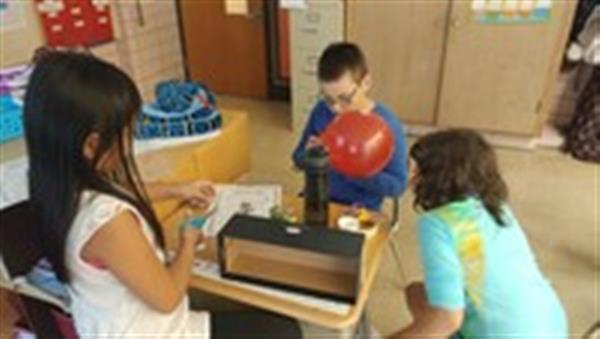- Home
- Student & Family Services
- Mental Health/Wellness
- Stronger Together
Student & Family Services
Page Navigation
-
Student & Family Services
- Approved Fundraisers
- Attendance Policy
- Community Programs
- Dignity for All Students Act
- English as New Language
- Fundraiser Approval Form
-
Health Office Information
- Attendance Lines
- Burger Health Office
- Crane Health Office
- Fyle Health Office
- Leary Health Office
- Roth Health Office
- Sherman Health Office
- SHS Health Office
- Vollmer Health Office
- Webster Learning Center Health Office
- Winslow Health Office
- Flu - Tips to Stay Safe!
- Health Resources
- Religious Exemption to Immunization
- Too Sick for School?
- Internet-Enabled Devices
- Mental Health/Wellness
- Parent Bill of Rights
- School Counseling
- School Social Work
- Special Education
- Student Management and School Safety
- Student Registration
- Trauma, Illness, and Grief (TIG)
- Universal Pre-K
- DESSA Information
Positive Behavioral Interventions and Supports (PBIS)
-

To create safer, more caring learning environments, the Rush-Henrietta Central School District several years ago implemented Positive Behavioral Interventions and Supports. In doing so, each Rush-Henrietta school established clear rules for appropriate behavior.
PBIS works by identifying, monitoring, teaching, and reinforcing districtwide expectations, which are:
Be responsible
Be respectful
Be trustworthy
Be caring
Be ready to learnEach of our schools has used discipline data to determine which behaviors most inhibit our student’s ability to feel comfortable in school, reducing the likelihood they will make the most of their school experience. The data, along with new lesson plans, support each school’s behavioral matrix. The matrix is a chart displaying desired behaviors on the left-hand side, and places we want to see this good behavior – such as the hallway, library, playground, cafeteria, and auditorium – along the top. Expected behaviors are consistent in all of our schools, but the settings might differ at elementary, middle, or high school levels. For example, the playground is a logical location for an elementary school, while locker rooms might be more appropriate at the high school.
The behavioral matrix (examples are in PDF form below) communicates the five essential student behaviors referenced above that we expect in all of our schools. It gives descriptions of what these expectations look and sound like so students understand what we expect of them. We know that the vast majority of students will respond appropriately to our efforts and consistently follow behavioral expectations.
Each building’s matrix is posted in schools, on the district website, given to students, and sent home to parents. By sharing the matrix, we provide a common language useful at home and at school and from building to building. We encourage families to modify their school’s chart and use it at home. For more information, visit www.pbis.org.




Related Files
-
Junior High School, 7-9, PBIS Matrix
Roth Junior High School behavioral matrix; attributes and expectations
-
HIgh School, 10-12 Digital Citizenship Expectations
Expecations for Digital Citizenship at the high school
-
Problem Solving Wheel
One way of helping students solve problems and conflicts at our elementary schools

